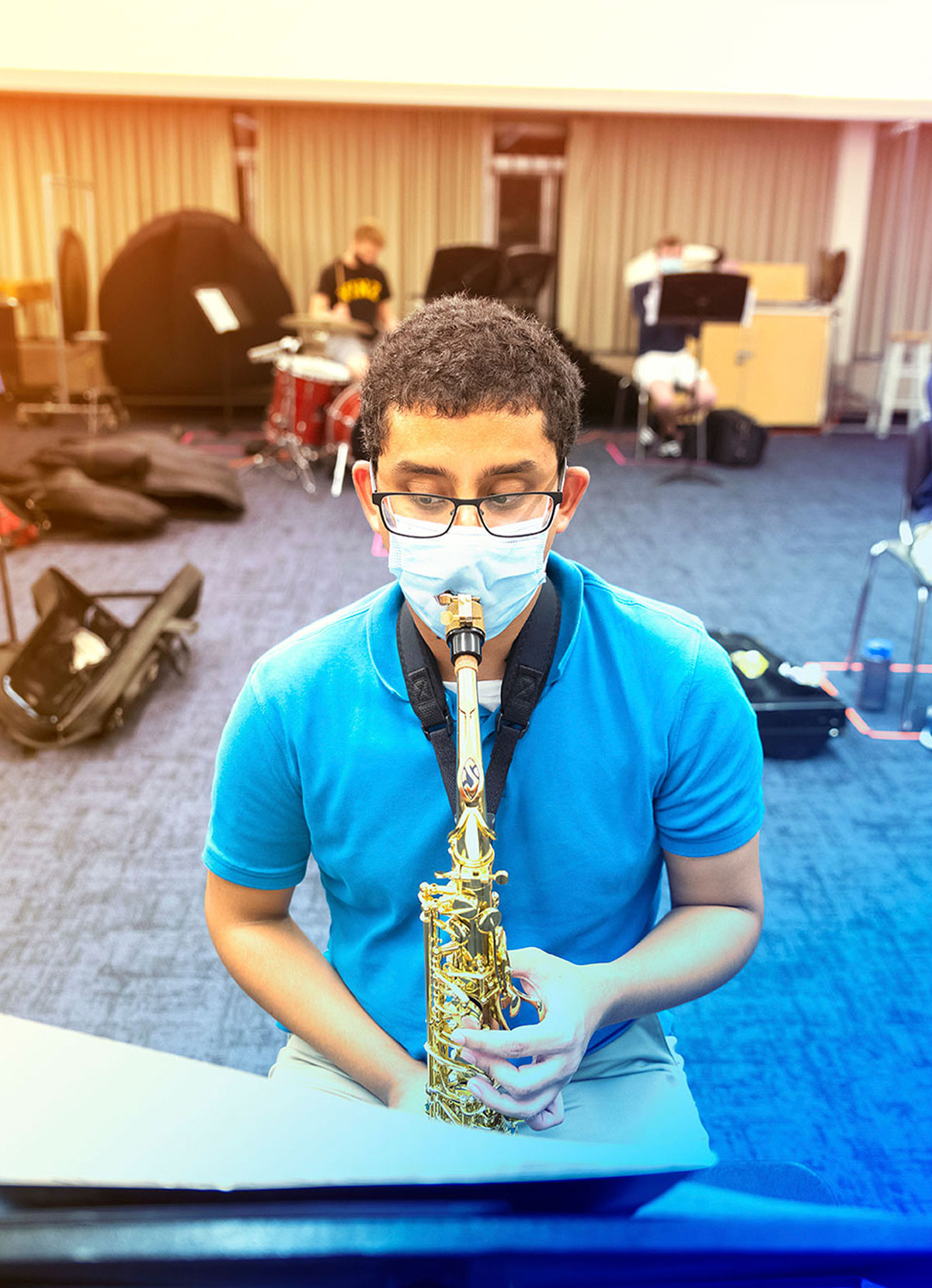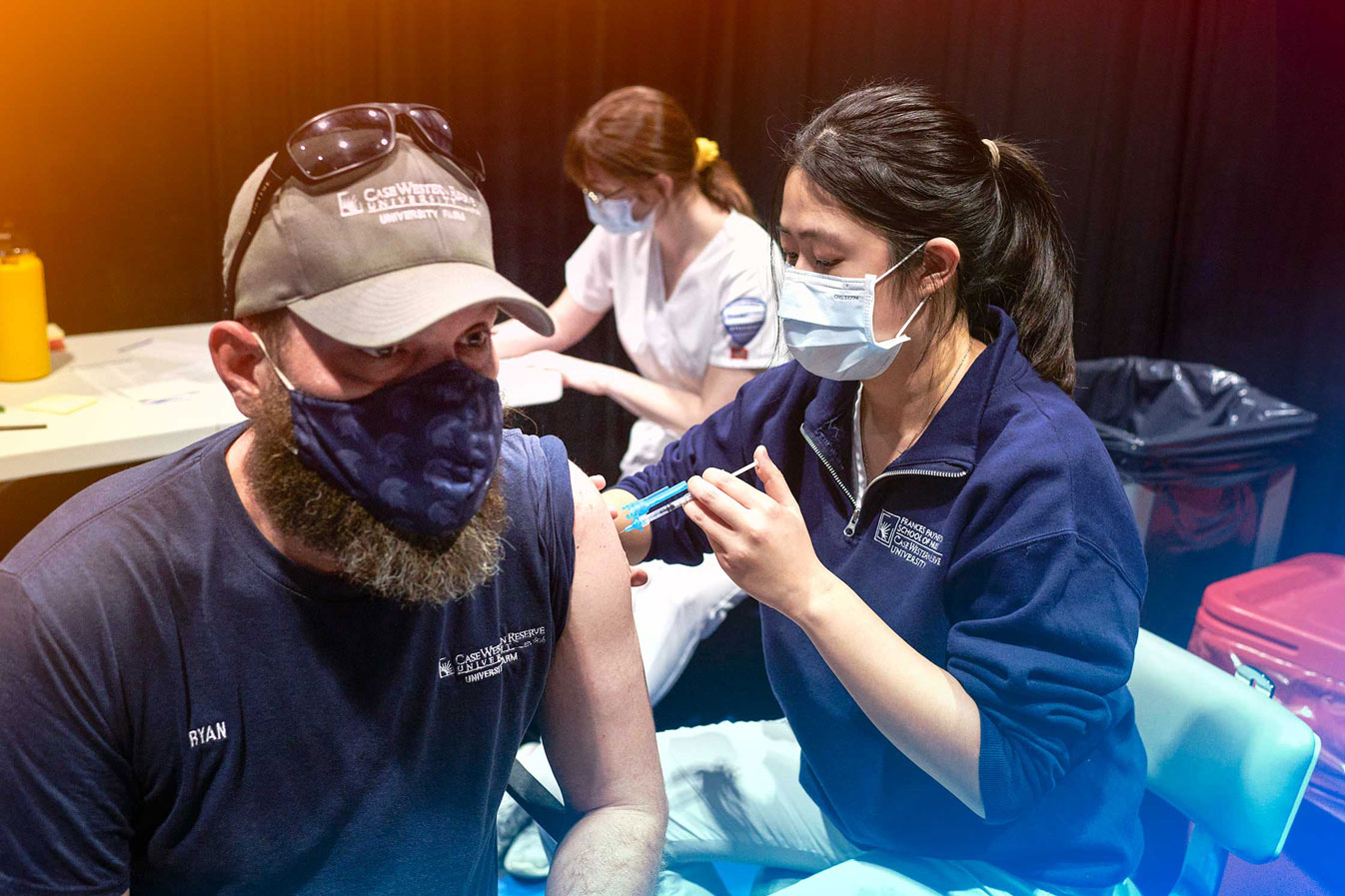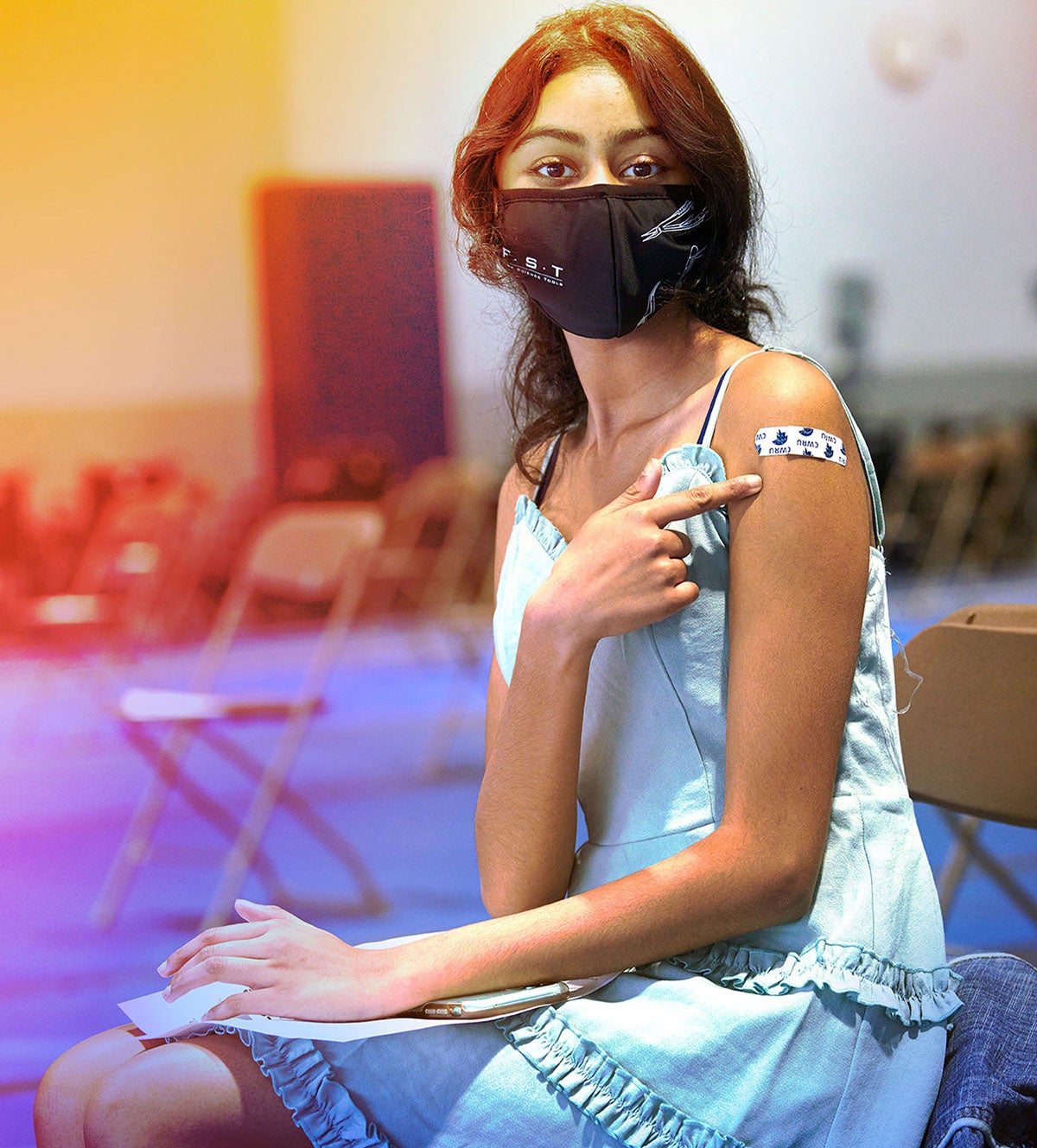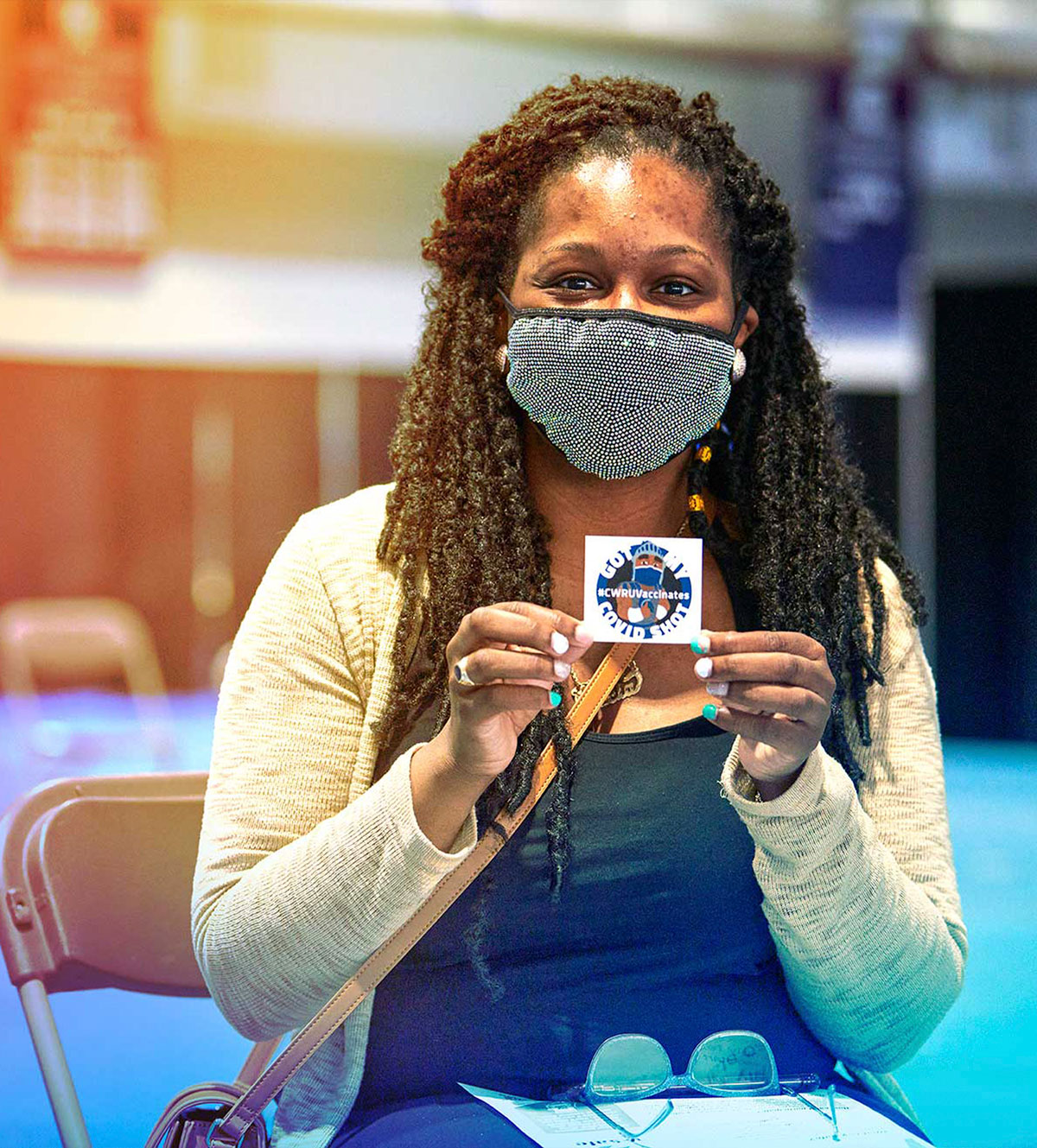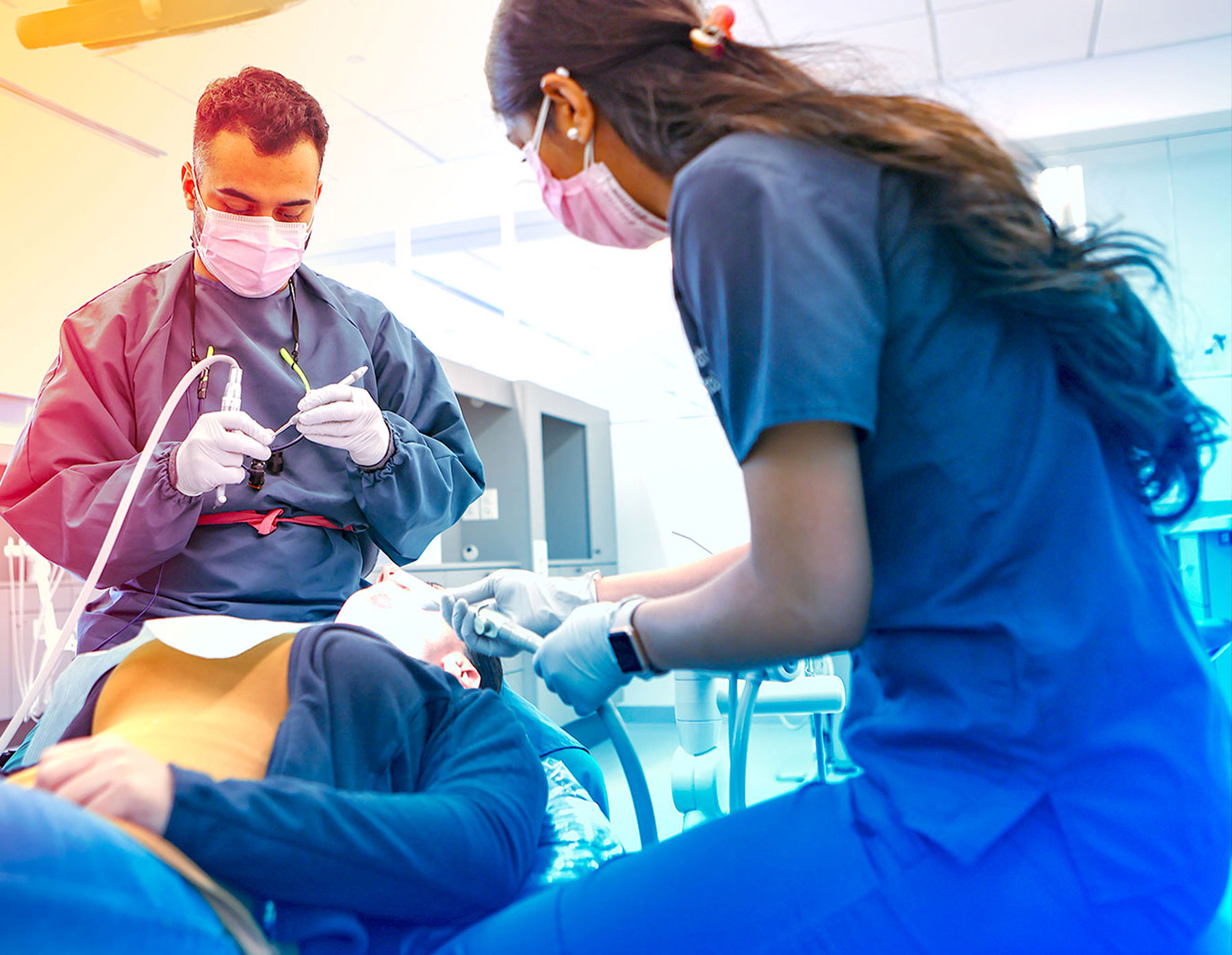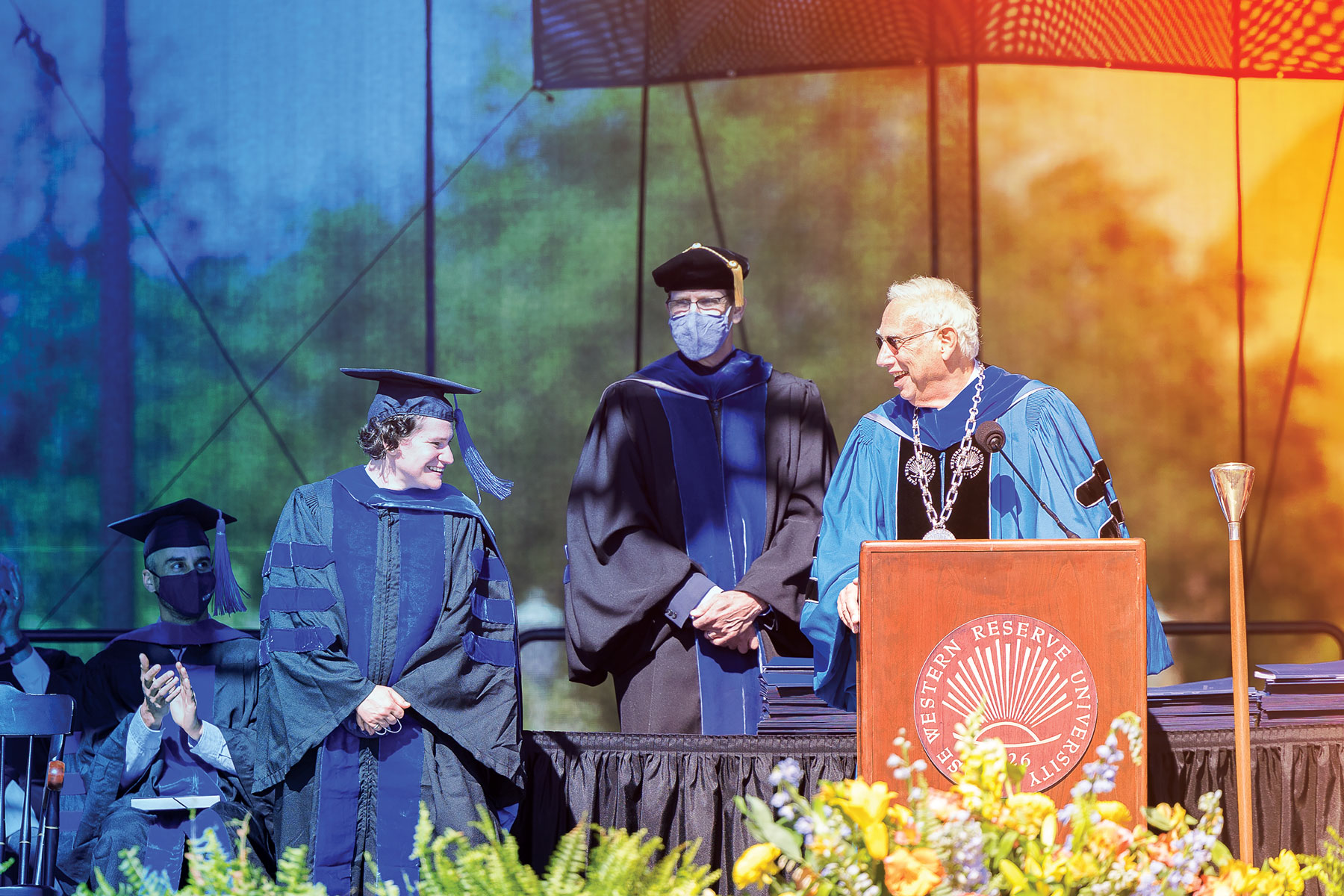But then cases spiked. Health risks required cuts to housing capacity, upending many students' plans. Those who could still come had to contend with Ohio's quarantine rules for those from high-case rate states. And faculty and staff continued to adjust to increasingly fluid circumstances.
Think for the Good of My Neighbor...Think for the Good of My Health...Think for the Good of My Community.
Faculty, staff and student leaders compiled a Community Commitment video, while others distributed it online and on posters around campus.
As students arrived and classes began, the commitment contributed to a sense of collective mission.
It continued even after COVID-19 cases began to climb again in late fall, ultimately forcing a return to work-from-home practices that extended through much of January. Students and faculty made the most of the month, participating in a "January session" designed to allow learning to continue while risk remained high. Faculty offered 63 short-term remote courses, and four-fifths of the university's undergraduates took at least one of them


